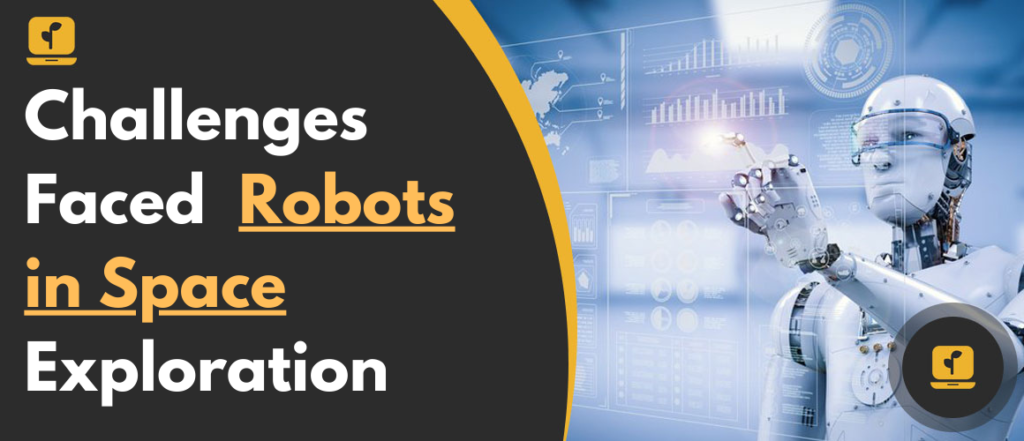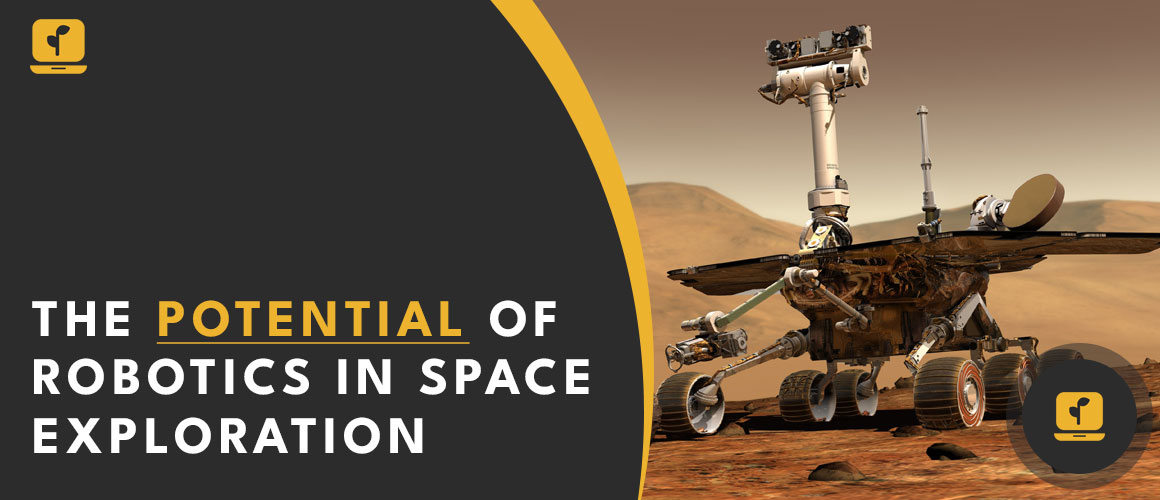As a technology enthusiast, I have always been fascinated by space exploration and the role that robotics has played in it. Space robotics refers to the use of robots in space exploration, specifically designed to perform tasks that are difficult or impossible for humans to accomplish. From dexterous components to exploration robots, space robots have been instrumental in advancing our understanding of space and the universe.
Table of Contents
A Brief History of Space Robots
Space robots have come a long way since their inception in the 1960s. The first space robot, the Soviet Union’s Lunokhod 1, was launched in 1970 and was the first robot to land on the Moon. Since then, space robots have been used in various missions, including the Mars rovers, which have been exploring the red planet since 1997
The evolution of space robots has been remarkable. From the bulky, primitive robots of the past to the sleek, sophisticated robots of today, space robotics has truly come of age. Today’s space robots are capable of performing complex tasks, such as drilling, soil analysis, and sample collection, with incredible accuracy and precision.
The Benefits of Using Robots in Space Exploration
The use of robots in space exploration has many benefits. One of the most significant advantages is that robots can operate in environments that are hostile to humans. For example, robots can withstand the extreme temperatures, radiation, and vacuum of space, which would be impossible for humans to endure.
Another advantage of space robots is that they can work for extended periods without rest or interruption. This means that they can gather data, conduct experiments, and perform other tasks, even when humans are not present. This is particularly useful in deep space missions where communication delays can make real-time control of robots impossible.
Types of Space Robots
There are several types of space robots, each with its own unique capabilities. Dexterous components, such as robotic arms, are used to manipulate objects and perform tasks that require a high degree of precision. Exploration robots, on the other hand, are designed to move around and explore their environment, gathering data and samples.
Space robots can also be classified based on their mobility. Some robots, such as the Mars rovers, are designed to move on wheels, while others, like the InSight lander, remain stationary. The choice of mobility depends on the mission objectives and the terrain of the target planet.
How Robots are Used for Scientific Exploration
Space robots are used for scientific exploration in a variety of ways. For example, they can be used to collect soil and rock samples, analyze the chemical composition of the atmosphere and soil, and take high-resolution images of the surface

One of the most important roles of space robots is to search for signs of life on other planets. By analyzing the chemical composition of the soil and atmosphere, scientists can learn more about the conditions on other planets and whether they are conducive to life.
The Most Important Space Robots Today
One of the most important space robots today is the Mars robotic arm. This arm is mounted on the Mars rovers and is used to drill into the surface of the planet, collect soil and rock samples, and perform a variety of other tasks. The Mars robotic arm has been instrumental in advancing our understanding of Mars and has helped scientists uncover many new discoveries.

Other important space robots include the InSight lander, which is designed to study the interior of Mars, and the Hubble Space Telescope, which has provided us with stunning images of the universe and helped us understand the origins of the cosmos.
Challenges Faced When Using Robots in Space Exploration
Using robots in space exploration is not without its challenges. One of the biggest challenges is the communication delay between Earth and the robot. This delay can make real-time control of the robot impossible, which means that the robot must be able to operate autonomously for extended periods.

Another challenge is the harsh environment of space. Robots must be able to withstand extreme temperatures, radiation, and other hazards that would be impossible for humans to endure. This requires specialized materials and components that can withstand these conditions.
The Future of Robotics in Space Exploration
The future of robotics in space exploration is bright. As technology advances, we can expect to see even more sophisticated and capable robots being developed. Deep space robots, in particular, have the potential to revolutionize our understanding of the universe.
However, there are also limitations to what robots can do. For example, robots cannot replicate the human ability to think creatively and adapt to unexpected situations. This means that robots will always be limited in their ability to explore and discover new things.
Conclusion - The Role of Robotics in Shaping the Future of Space Exploration
In conclusion, the potential of robotics in space exploration is immense. Robots have played a vital role in advancing our understanding of the universe and will continue to do so in the future. While there are challenges and limitations to using robots in space exploration, the benefits far outweigh the drawbacks.
As we continue to push the boundaries of space exploration, we can expect to see even more advanced and capable robots being developed. These robots will help us unlock the secrets of the universe and pave the way for a new era of scientific discovery.








